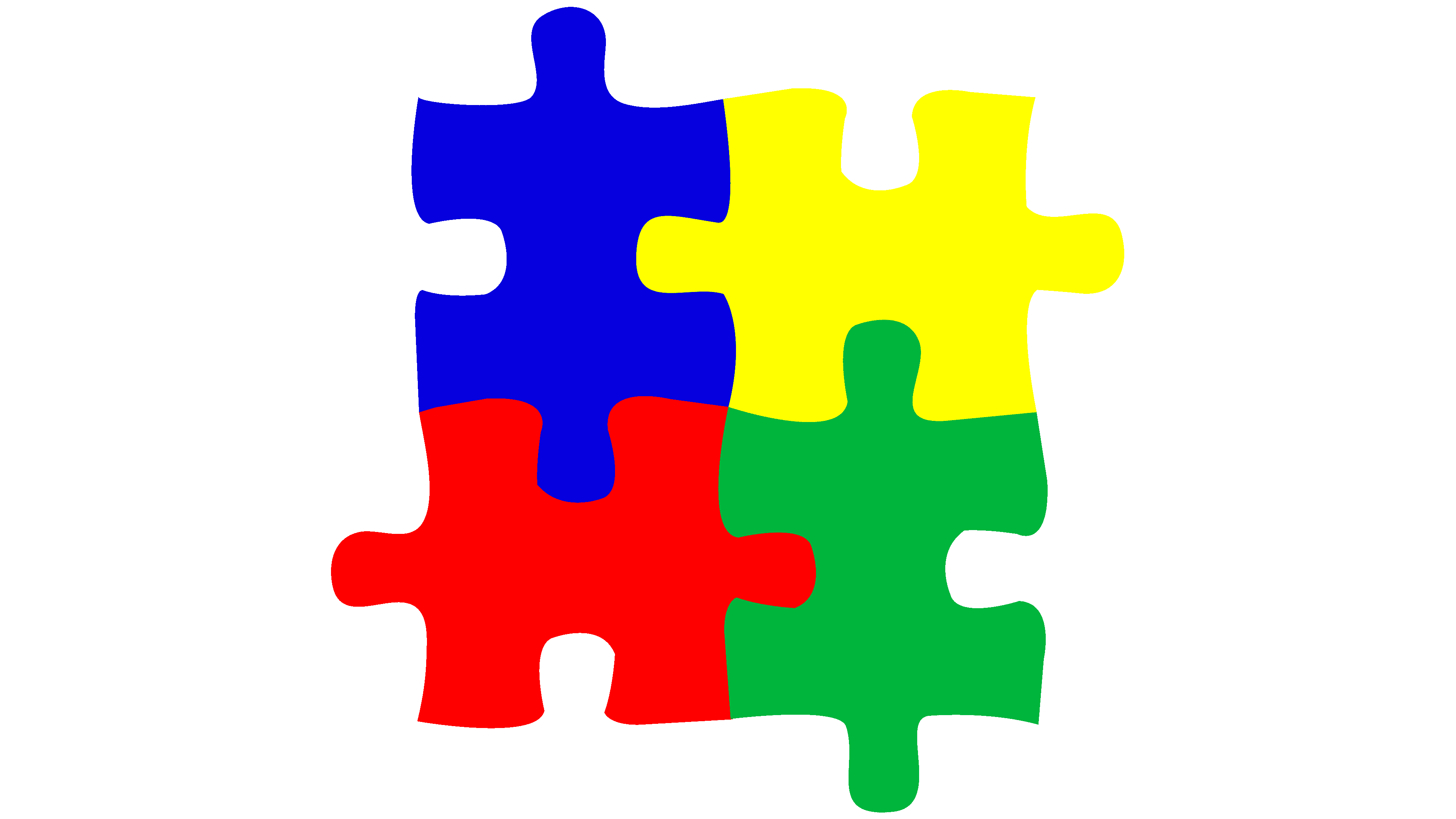Autism and Sensory Handling: Exploring the Connection and Its Effects
Wiki Article
Discovering Autism: Methods for Efficient Interaction and Communication
Effective interaction and communication with individuals on the autism range require a detailed understanding of their one-of-a-kind demands and choices. The details of these strategies expose further factors to consider that warrant expedition, especially in how they can be adjusted to diverse contexts and specific experiences.Comprehending Autism Range Disorder
Autism Spectrum Problem (ASD) incorporates an array of neurodevelopmental conditions identified by difficulties in social interaction, interaction, and repetitive actions. The term "spectrum" shows the varied indications and varying levels of intensity experienced by people with ASD. While some might show substantial impairments, others may present high-functioning attributes, permitting for better freedom in life.The beginning of ASD normally happens in early youth, with indications typically recognizable by age two. Very early indications may include delayed speech development, restricted eye get in touch with, and difficulties in recognizing social signs. Although the accurate etiology of ASD continues to be uncertain, research study recommends a mix of ecological and hereditary factors plays a crucial role in its advancement.
As a result, treatments and assistance tailored to specific requirements are necessary for fostering interaction and social skills. Acknowledging the intricacy of ASD is important for promoting awareness, approval, and reliable approaches that assist in purposeful communications with people on the range.

Importance of Clear Interaction
Reliable interaction is vital for cultivating understanding and connection, particularly for individuals with Autism Range Condition (ASD) Clear interaction not only assists in social interactions yet likewise boosts the individual's capability to reveal their feelings, needs, and thoughts. For individuals with ASD, the nuances of language can typically be challenging; as a result, making use of distinct and straightforward language is crucial.Additionally, clear interaction helps decrease frustration and anxiety that may occur from misconceptions. When messages are communicated in a regular and direct fashion, individuals with ASD are better equipped to translate details properly, which can significantly boost their social engagement and engagement in numerous settings.
Developing regimens and using aesthetic assistances can further boost clear communication. These approaches supply individuals with foreseeable frameworks that help understanding and retention of info. Additionally, proactively being and paying attention person during communications promotes a helpful setting where individuals with ASD really feel valued and comprehended.
Inevitably, focusing on clear communication not only empowers individuals with ASD however also promotes even more purposeful connections with their peers, caregivers, and the broader community, paving the means for collective partnerships and comprehensive communications. - autism
Non-Verbal Communication Techniques
Interaction prolongs past words, and for individuals with Autism Spectrum Problem (ASD), non-verbal signs play a substantial role in communications. Non-verbal interaction techniques can include facial expressions, motions, body movement, and eye call, every one of which serve as important elements for communicating purposes and emotions.Understanding and interpreting these non-verbal signals can boost communications with individuals with ASD. A warm smile or open position can produce a welcoming ambience, urging involvement. Likewise, using visual aids-- such as image cards or icons-- can connect communication voids and help share messages more efficiently.
It is also vital to be mindful of personal area, as individuals with ASD might have various comfort degrees pertaining to closeness. Observing their responses to physical distance can inform proper changes.

Developing Encouraging Settings
Creating a supportive atmosphere is crucial for fostering favorable communications and improving the wellness of individuals with Autism Spectrum Problem (ASD) Such environments can significantly minimize stress and anxiety and create a sense of safety and security, enabling people to reveal themselves much more easily.To accomplish this, it is necessary to consider sensory sensitivities that people with ASD may experience. Changing the physical space to consist of soft lights, minimal background sound, and comfortable seating can produce a soothing ambience. Additionally, making use of constant regimens and clear aesthetic timetables can aid individuals expect transitions and decrease uncertainty, further promoting convenience.
Social my response spaces should be structured to reduce frustrating stimuli while offering opportunities for involvement in favored tasks. Promoting areas designated for silent time can likewise act as a refuge during minutes of tension. Notably, incorporating components of option equips people, enabling them to exercise agency in their atmosphere.

Encouraging Social Communications
Cultivating social interactions among individuals with Autism Range Disorder click site (ASD) requires intentional methods that prioritize convenience and engagement. Establishing foreseeable regimens can help reduce anxiety, making social setups more approachable. Creating organized atmospheres with defined responsibilities and duties permits individuals to involve without the frustrating pressure of unstructured social dynamics.Including passions and staminas right into social tasks can offer as a driver for interaction. For instance, organizing team tasks around shared pastimes or subjects of attraction can promote all-natural discussions and links. Furthermore, making use of visual supports, such as pictorial routines or social manuscripts, can aid in comprehending social hints and expectations.
Modeling appropriate social actions is essential - autism. Peers and grownups need to show reliable communication methods, including active listening and turn-taking. Role-playing circumstances can also offer a risk-free room for individuals to practice these abilities
Lastly, fostering peer relationships through inclusive methods is necessary. Motivating comprehensive playdates or group getaways can create possibilities for socializing in a comfortable setup. By applying these instructors, caregivers and methods can substantially improve social interactions for individuals with ASD, advertising their overall social growth and health.
Final Thought
In final thought, reliable interaction and interaction methods are crucial for sustaining individuals with Autism Range Condition. Ultimately, these techniques encourage individuals with autism to navigate social landscapes, promoting their total wellness and making it possible for the advancement of enduring relationships.Efficient communication and communication with individuals on the autism spectrum demand a comprehensive understanding of their distinct needs and choices. Clear interaction not just facilitates social interactions but likewise improves the person's capability to share their needs, thoughts, and emotions.Cultivating social interactions amongst people with Autism Spectrum Disorder (ASD) calls for intentional strategies that focus on comfort and interaction. By implementing these caretakers, instructors and strategies can dramatically improve social communications for people with ASD, promoting their overall social advancement and well-being.
In final thought, reliable interaction and communication approaches are essential for supporting people with Autism Spectrum Condition.
Report this wiki page